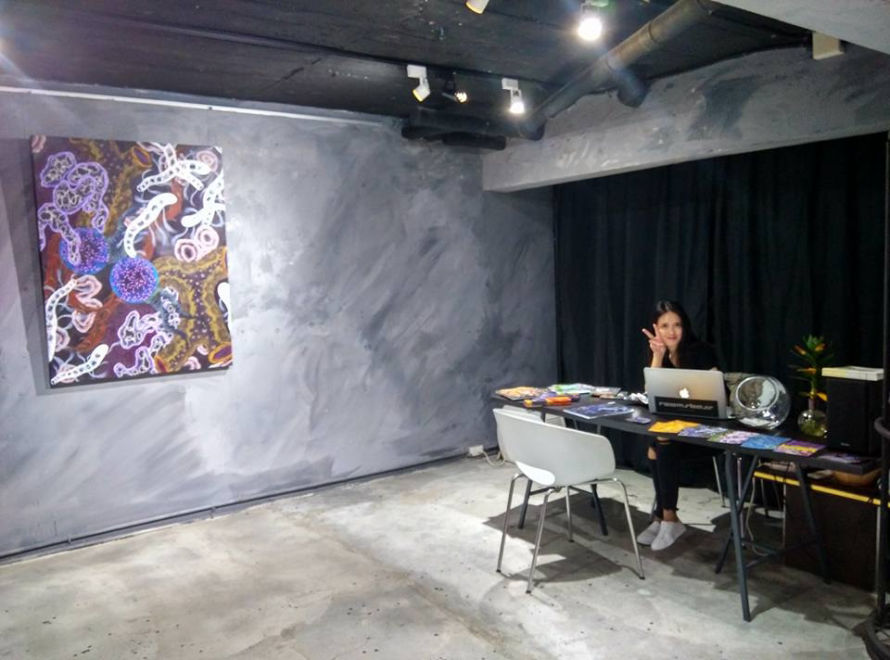On usual days, Lahok spends all day at OEOE (Open Eyebrow, Open Eye) studio working. Even after her exhibition at TICA, she doesn't stop unless to eat or sleep.
"My life is painting right now, from 10AM til around 11PM".
However, for a couple of days, the devoted artist took a short break to attend two important commitments in Hualien. One of them was "Art Pakongko" (Art tells stories): an event in which she participated for the second time.
After "Art Pakongko", it was still hard to contact her as she was so busy with other festivities and ceremonies for the Pangcah Harvest Festival in Makota’ay which takes place from July 20 to July 25th. Members of the tribe come back from other cities all over Taiwan and they all reunite to express their gratitude to the ancestral spirit.
"During this important occasion, my attitude would be more solemn and careful. We greet, feast and send the spirit back. We sing and dance but everything is done in a reverential way."
Around midnight on the first day of the festivities, the Pangcah greet their ancestors' spirit. A group of men aged 29 to 30 run to the mountains with a flaring torch. Later, they come back running as they hear the other men dancing when the ceremony starts. On the 21st and 23rd, activities that are part of the festival range from vibrant dances to sports competitions.
"Apart from sports competitions, only the tribe's men dance" Lahok says.
On the next day it's women's turn to dance as they invite the spirit to return to the mountain.
In the last day, women also take charge in organizing shows and casual talks that maintain relationships in the tribe except passing down their traditions and customs.
Even though going back to the tribe and forming part of the festivities is something she deeply respects, her artwork doesn't use aboriginal elements that much, she admits. "I sometimes incorporate it into the title or I make it about life in the tribe."
Her aboriginal identity is not something she wants to add directly into her artwork.
"It is true, it might be a method to know more about my identity, but it is not my set intention to do so", she says.
"We always put a tag for aboriginal artists and expect them to present something representative of their culture. I want my art to speak for itself." And this is exactly what we see in her most recent work.
"The books I read, the music I listen to, the people I meet from urban tribes and the contact I have with them all inspire me." Everything around her becomes an ingredient for her art. That is the story about Lahok, hence Told the Stories.
Lahok attended nursing school but always had an interest in drawing. I ask if microscopic images where ever a source of inspiration for her use of visuals. "If they did it was in a level in which I was not aware." she replies. One of her influences is the Russian 20th century artist, Wassily Kandinsky. Kandinsky, one of the pioneers of abstract modern painting conveyed musical construction by using evocative colors and shapes. Lahok presents this kind of biomorphic visual style.
"I usually start by sketching, just using a pen without really thinking about the outcome." Her creative process runs on a subconscious level, letting the piece be whatever it wants until its time to proceed on canvas. "Once I've chosen a color to represent a feeling, I just let go."
Lahok's exhibition Told the Stories will be open at TICA art gallery until August 13,2016.

